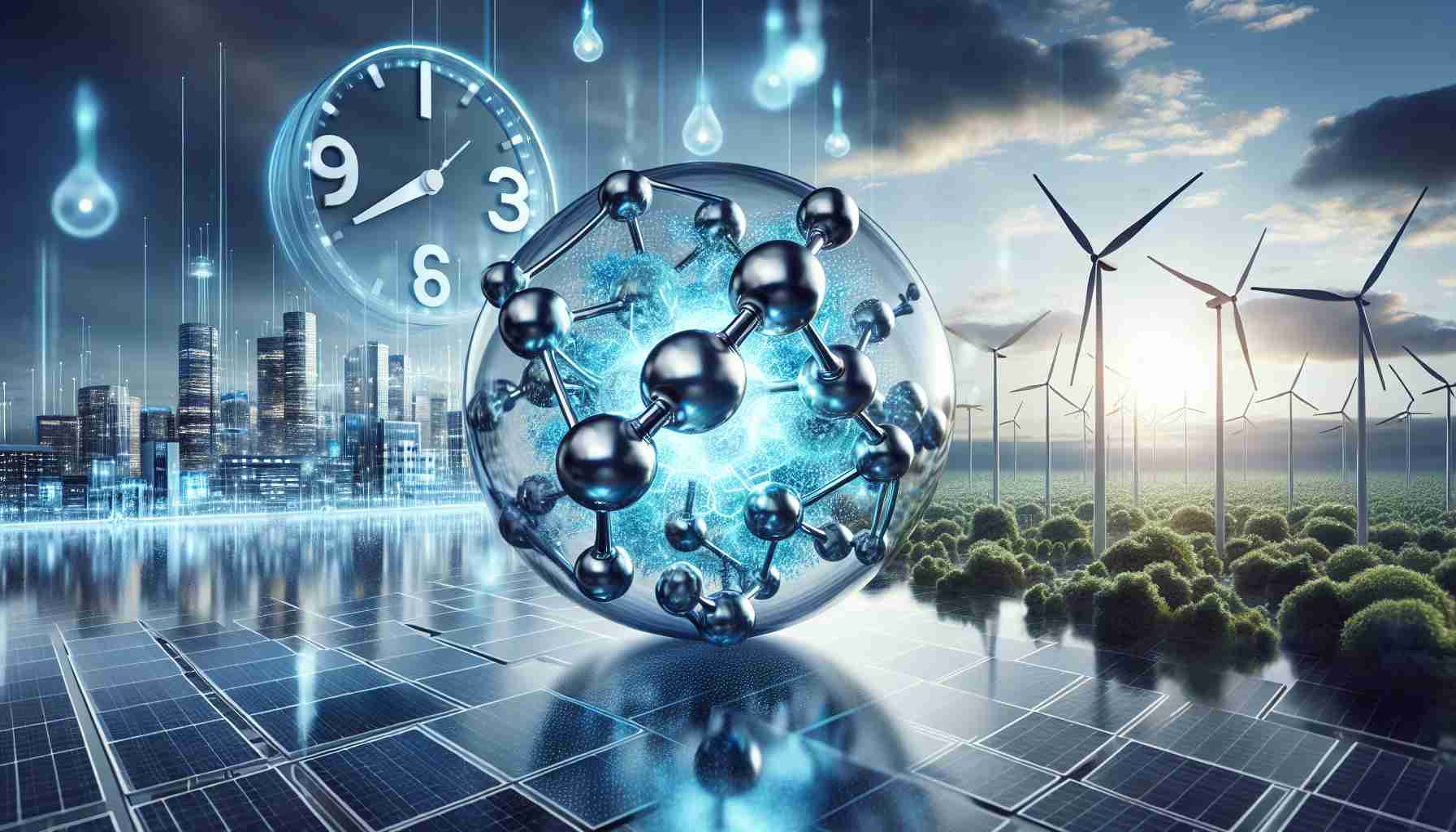Low-carbon hydrogen is rapidly emerging as a key player in the global fight against climate change, particularly in energy-intensive sectors. Industries such as refining and petrochemicals will continue to drive hydrogen demand, while new applications in metallurgy, transportation, and electricity generation are expected to expand significantly. The consumer market’s interest in low-carbon hydrogen solutions is also gaining traction.
Projects aimed at increasing low-carbon hydrogen capacity are on the rise, with a projected annual growth rate of over 40% from 2024 to 2030. However, there are concerns that the anticipated increase of approximately 13.5 million tonnes per annum may fall short of meeting the United Nations’ interim net-zero targets by 2030. Alarmingly, almost 60% of these future projects are still in the feasibility phase and may encounter significant obstacles related to infrastructure, financing, and real market demand.
Countries like the United States and those within the European Union are implementing comprehensive strategies to integrate hydrogen into their energy sectors. These initiatives are vital in fostering the growth of novel low-carbon hydrogen facilities in the coming years.
Furthermore, the demand for blue and green hydrogen is expected to surge as diverse applications emerge, particularly with the use of renewable energy sources such as wind and solar. This advancements not only support hydrogen production but also contribute to the broader development of renewable energy infrastructure necessary for a sustainable future.
A Hydrogen Future: Societal and Environmental Implications
The rise of low-carbon hydrogen heralds profound changes across society, culture, and the global economy. As nations grapple with the pressing need to reduce carbon emissions, the shift towards hydrogen could redefine energy consumption patterns, prompting industries to adopt cleaner technologies. For instance, heavy industries such as steel and chemical production, which are traditionally carbon-intensive, may benefit from this transition, leading to healthier local environments.
Socially, the push for hydrogen energy opens avenues for job creation in new sectors. Positions focused on hydrogen production, transportation, and infrastructure maintenance are likely to emerge, helping address unemployment concerns in regions reliant on fossil fuels. Furthermore, as consumer interest grows, public awareness around hydrogen’s potential encourages a cultural shift toward valuing sustainable energy practices.
From an environmental perspective, the impact of widespread hydrogen adoption can be significant. By combining low-carbon hydrogen production with renewable energy sources, it may reduce reliance on fossil fuels and lower greenhouse gas emissions substantially. However, challenges remain—such projects require scalable infrastructure and investment, which are not yet fully in place.
Looking ahead, the future trends indicate a possible decentralization of energy systems, where communities could become more self-sufficient through localized hydrogen production. If achieved, this could lead to enhanced energy security and resilience against global supply chain disruptions.
In conclusion, while the path forward is laden with challenges, the commitment to low-carbon hydrogen presents a pivotal opportunity to reshape our socio-economic landscape and foster a sustainable future.
Hydrogen Revolution: The Future of Low-Carbon Energy Solutions
The Rise of Low-Carbon Hydrogen
Low-carbon hydrogen is becoming an essential component in the global strategy to combat climate change, especially in high-energy sectors. With increasing demands in industries such as refining, petrochemicals, metallurgy, transportation, and electricity generation, the potential market for hydrogen solutions is expanding rapidly. The growing consumer interest in sustainable energy alternatives further amplifies hydrogen’s role in the energy transition.
Market Growth and Projections
The market for low-carbon hydrogen is set for a significant transformation, with projections indicating an annual growth rate exceeding 40% from 2024 to 2030. This boom could potentially increase hydrogen production capacity by approximately 13.5 million tonnes annually. However, achieving the United Nations’ interim net-zero targets by 2030 may still be at risk, as nearly 60% of upcoming projects remain in the feasibility stages. The industry must address critical challenges related to infrastructure development, financing mechanisms, and real market demand to realize this potential.
Innovations in Hydrogen Production
Recent breakthroughs in hydrogen production technology are driving advancements in blue and green hydrogen. Blue hydrogen is derived from natural gas with carbon capture and storage (CCS) technologies, while green hydrogen is produced entirely from renewable energy sources such as wind and solar. These innovative techniques not only increase the sustainability of hydrogen production but also create synergies with renewable energy initiatives, enhancing the energy grid’s resilience and efficiency.
Pros and Cons of Low-Carbon Hydrogen
Pros:
– Sustainability: Significantly reduces greenhouse gas emissions compared to traditional fossil fuels.
– Versatility: Can be used in various applications, including transportation, industrial processes, and power generation.
– Energy Storage: Hydrogen can store excess energy generated from renewable sources, helping to balance supply and demand.
Cons:
– Infrastructure Challenges: Largely dependent on the development of new infrastructure for distribution and storage.
– High Production Costs: Current production methods, especially for green hydrogen, can be expensive and economically unfeasible without subsidies or technological advancements.
– Energy Loss: Converting electricity to hydrogen and back to electricity can result in efficiency losses.
Key Use Cases for Low-Carbon Hydrogen
– Transportation: Hydrogen fuel cells are emerging as a clean alternative to battery electric vehicles, especially for heavy-duty transport.
– Industrial Processes: Hydrogen is crucial in the decarbonization of industries such as steel production, where it’s used as a reducing agent.
– Power Generation: Hydrogen can be blended with natural gas in existing power plants, enabling a gradual transition to cleaner energy sources.
Insights into Global Strategies
Countries like the United States and members of the European Union are pioneering initiatives to incorporate hydrogen into their energy portfolios. These comprehensive strategies are focused on building infrastructure, investing in research and development, and creating supportive regulatory environments to accelerate hydrogen’s adoption.
Future Trends and Predictions
Going forward, the demand for low-carbon hydrogen solutions is anticipated to surge, driven by global decarbonization needs and investment in renewable energy technologies. As the world prioritizes sustainability, hydrogen will likely play an indispensable role in achieving global climate goals and promoting energy security.
For more information about hydrogen and its impact on the future of energy, visit Hydrogen Fuel News.









